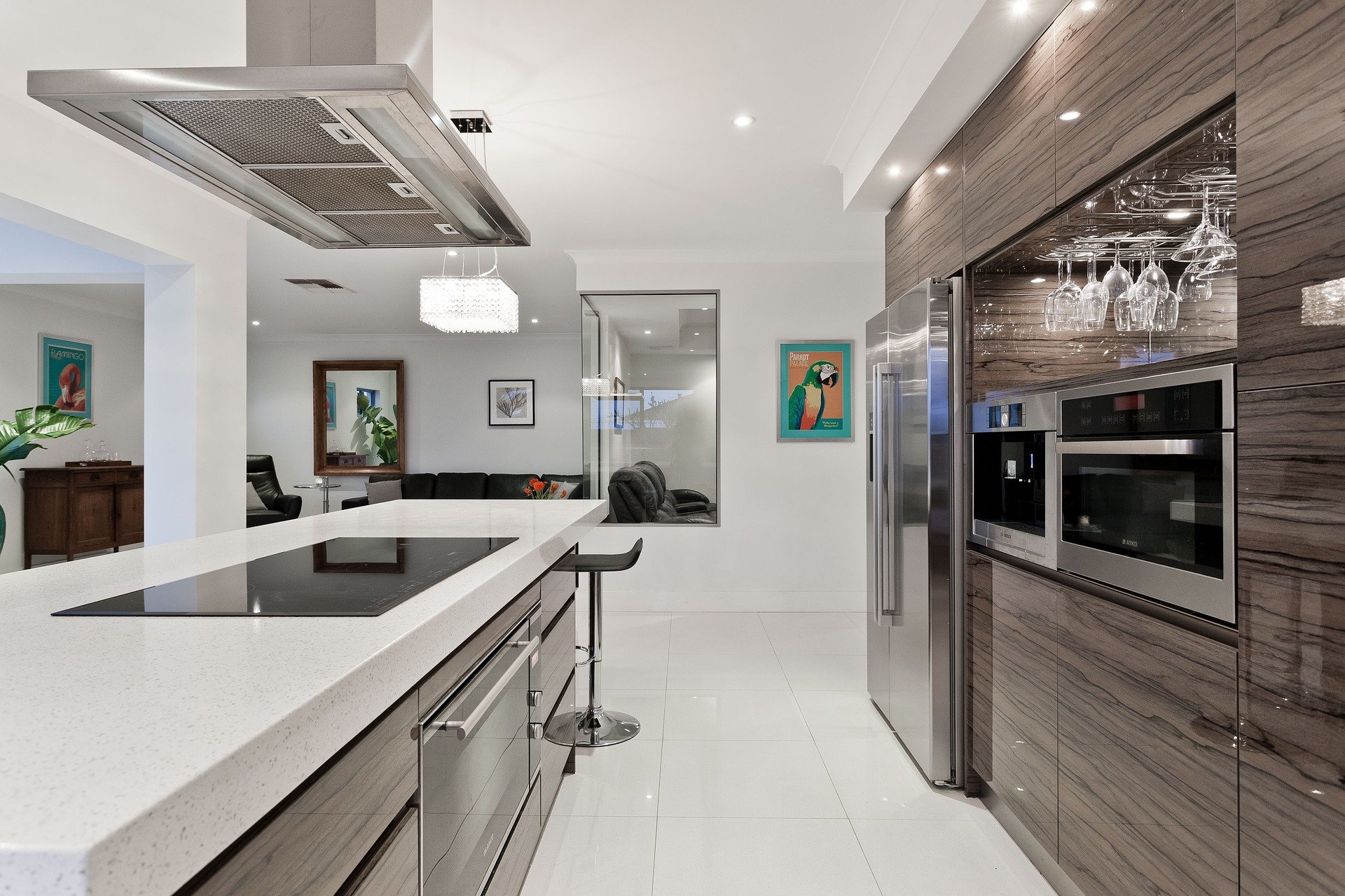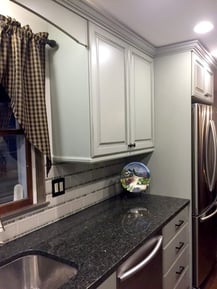Don’t roll your eyes just yet. Just because your last remodel budget didn’t quite match up to the charges on your credit card doesn’t mean your next project will turn out that way. Believe it or not, you actually can have a kitchen design budget that fits your finances and still gives you the kitchen of your dreams. Let’s find out how…
STEP 1. PLAN! – It’s a nasty four letter word, but having a plan is the key to successful kitchen design budgeting. The average mid-scale remodel costs homeowners about $50,000. In general, kitchen design budgets can range from $5,000 to $105,000. Unless you have an unlimited supply of funds, you probably don’t want to risk falling willy-nilly in between those numbers. A good rule of thumb is to spend anywhere from 5% to 15% of the value of your home on your kitchen remodel.
Check out the average home price in your neighborhood and then determine where your home falls on that spectrum. You don’t want to under-spend, but you don’t want to make your house the "Taj Mahal of Trailer Park Terrace" either. Keep your design reasonable enough to match comparable real estate values in your area and realistic enough to meet your kitchen design needs. Also, think about how long you plan on staying in your home. This will help you determine if your remodel will be more of a financial investment or an emotional one.

STEP 2. Plan for the Expected – Every item you put into your kitchen will come at a cost. You will even have to spend money to have items removed from your kitchen. Knowing what you will have to pay for, and what you want to pay for, will help you get your numbers in order. Start by setting a priority list of must-haves. You must have a designer, you must have a contractor, you must have good insurance if you plan on doing the renovation yourself.
Once you have your list of necessary items for the remodel, assign a dollar amount to each one. Industry studies and reports show the average breakdown for a professional kitchen remodel is as follows:
· Flooring – 5%
· Walls/Trim - 3%
· Counter tops – 18%
· Appliances – 15%
· Cabinetry – 48%
· Fixtures – 6%
· Electrical and lighting – 5%
These figures are for mid-range kitchen remodels. Higher end remodels will usually allocate more money for appliances and fixtures. These target percentages include labor. If you plan on remodeling yourself, you can probably tweak these to reflect lower labor costs. If you are having trouble with this initial phase of the budget, contact one of our kitchen design specialists for a FREE Kitchen Design Consultation.
STEP 3. Plan for the Unexpected – Rarely does a remodel go perfectly. No one ever knows what lurks behind wallboard, under flooring and in pipes. If the kitchen design needs to change, so does the budget. Always allow an additional 10% for contingencies. Many homeowners forget the inconvenience of a kitchen remodel. Unless your kitchen is being made over between lunch and dinner, chances are you will have to allow for outside meals. If the remodel is extensive and you can’t even think about rooming with your parents or in-laws, hotel costs might have to be included in your budget as well.

STEP 4 Plan for Paying it Back – Unless your in-laws want to fund your dream kitchen, you will probably have to finance the j
ob or pay for it out of your savings. Home equity loans, personal loans and even credit cards are all viable options for funding your kitchen remodel. However, they all have fees associated with them. Be sure to account for these fees in your budget in order to get a realistic idea of what your new kitchen will ultimately cost.
STEP 5 Plan to Stay on Track – Preparing your budget is just the beginning. Once the project gets underway, you must track every penny you spend. Well, maybe not every penny, but at least every $100 or so. Homeowners often get so wrapped up in seeing their kitchen dream come to fruition that they forget to look at how quickly their money is disappearing. Before they know it, they are over-budget. Stay on track with your kitchen design budget. Set a schedule to review your expenses every few days or once a week. Get receipts for everything and keep a file dedicated solely to your dream kitchen. It’s a lot easier to stop a slow leak than to have to repair a burst pipe.
As the saying goes, "Proper Prior Planning Prevents Poor Performance". Get the dirty work of budgeting done before you get down and dirty with your kitchen remodel. It may take a little time, but budgeting properly will prevent your kitchen project from becoming a nightmare of a money pit and keep your dream kitchen on financial track to a rewarding reality.
